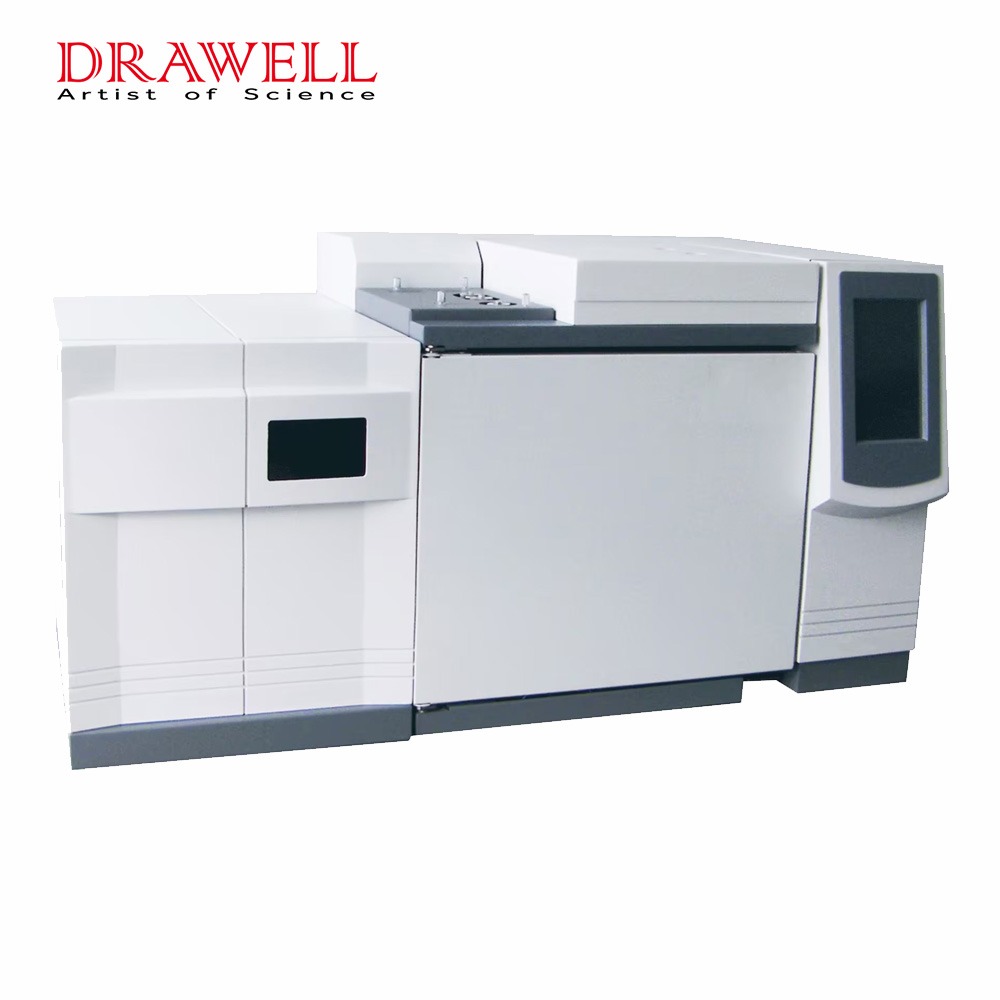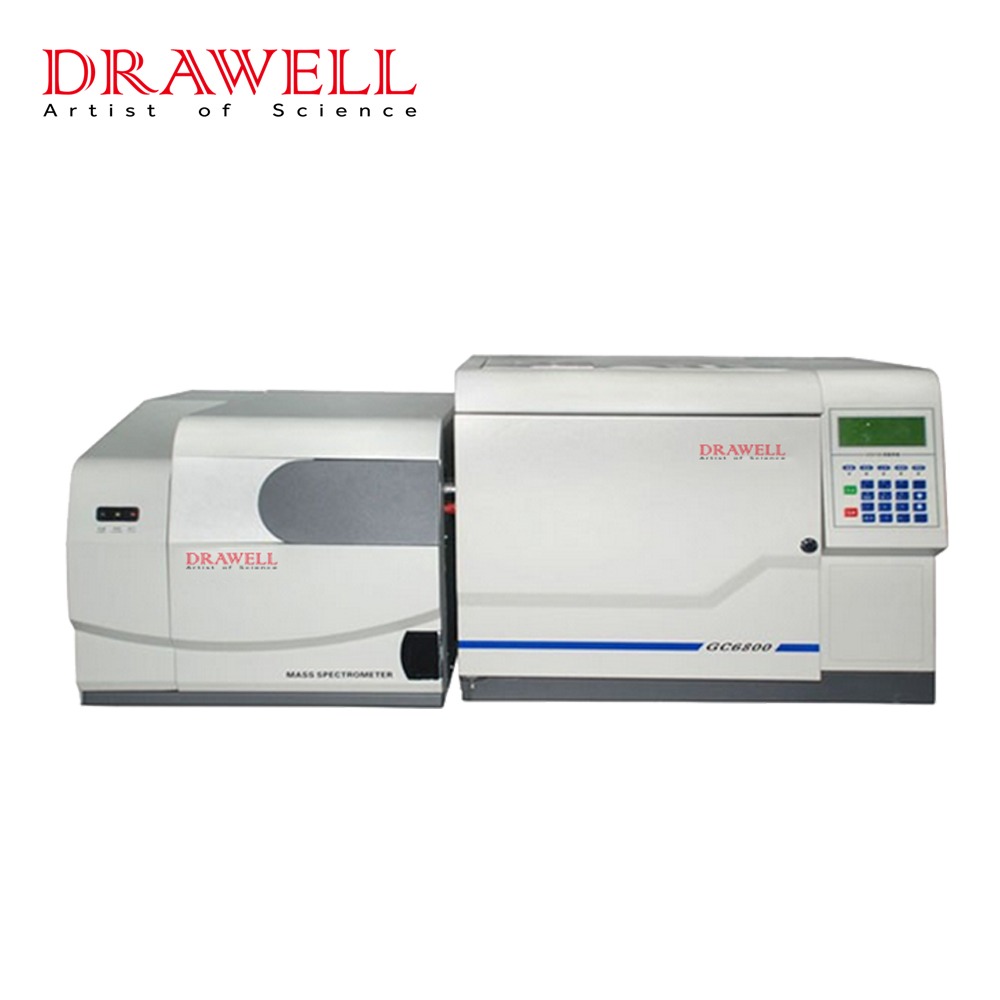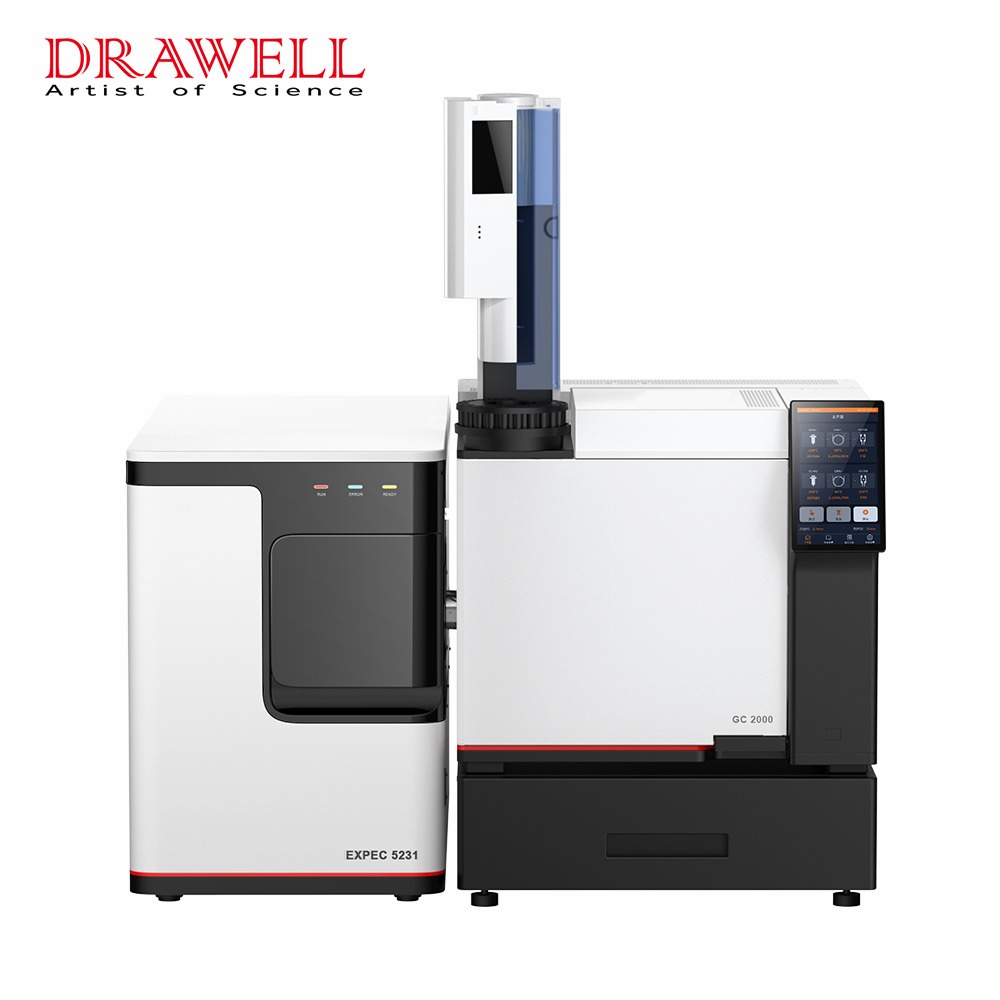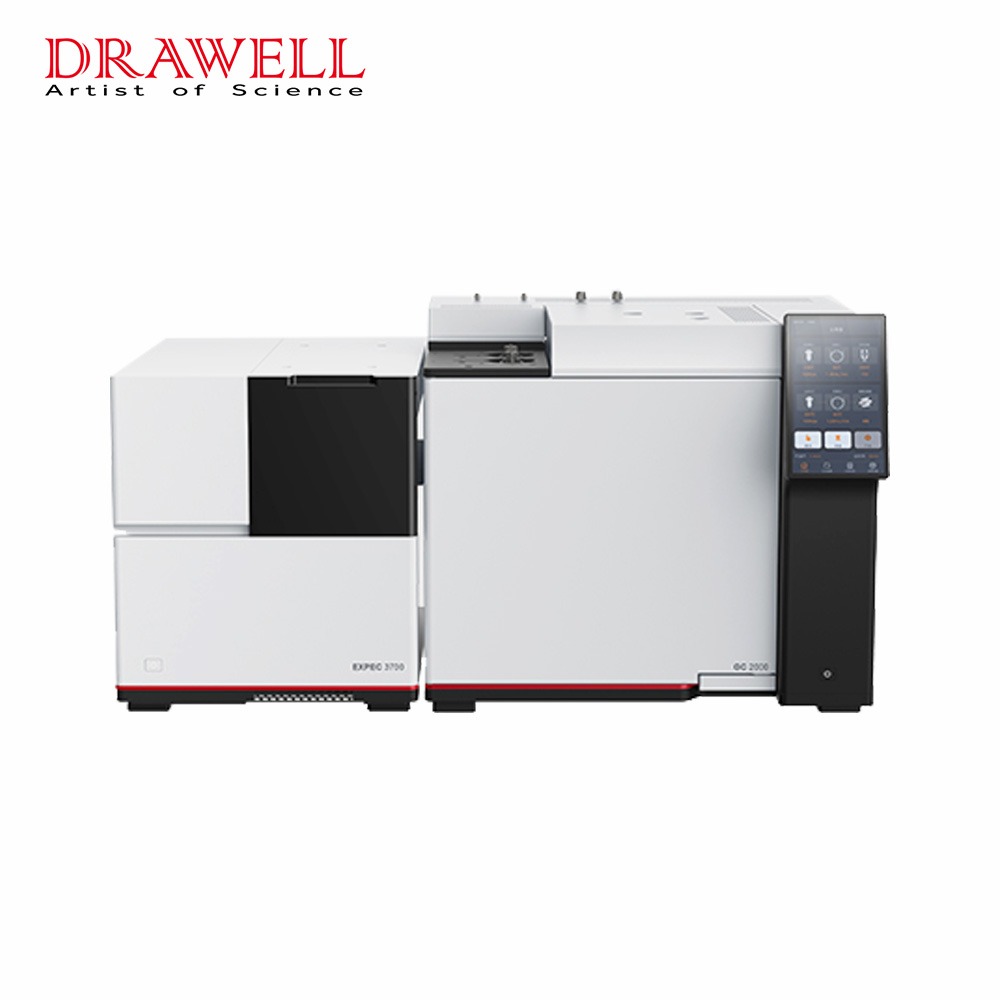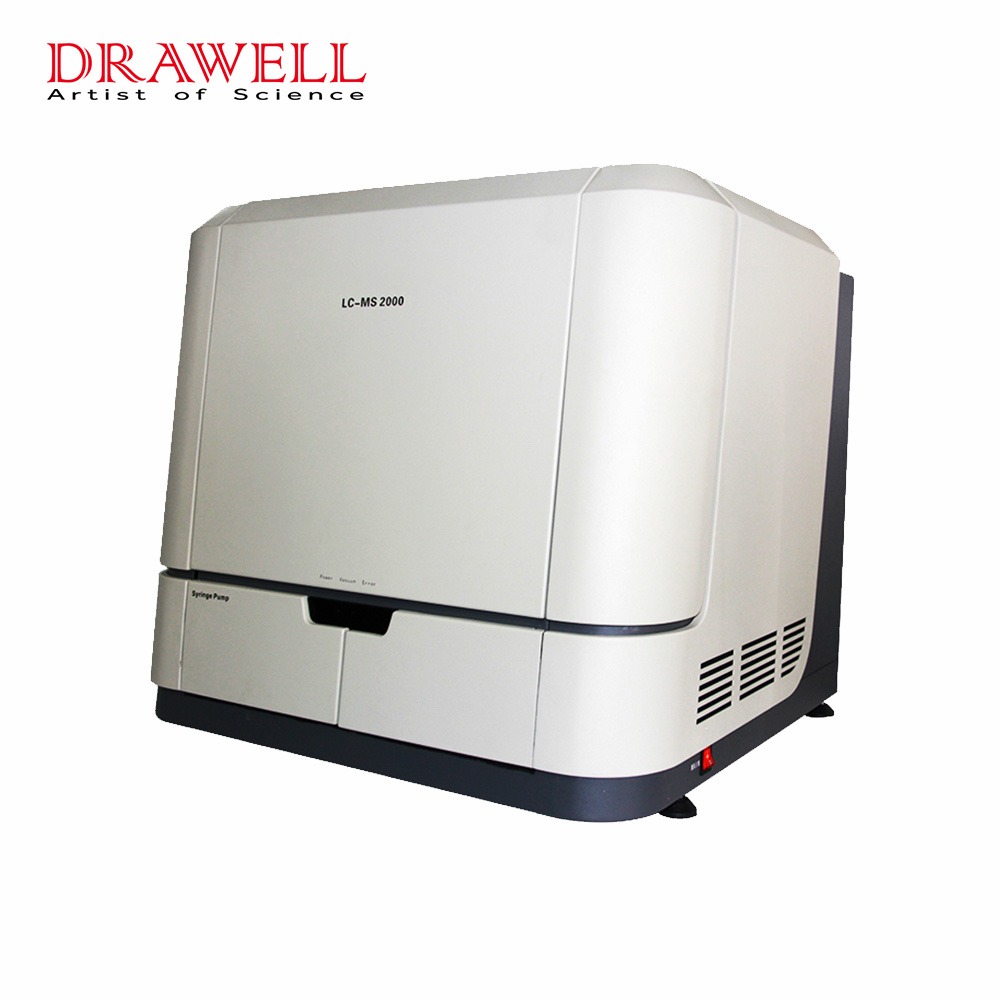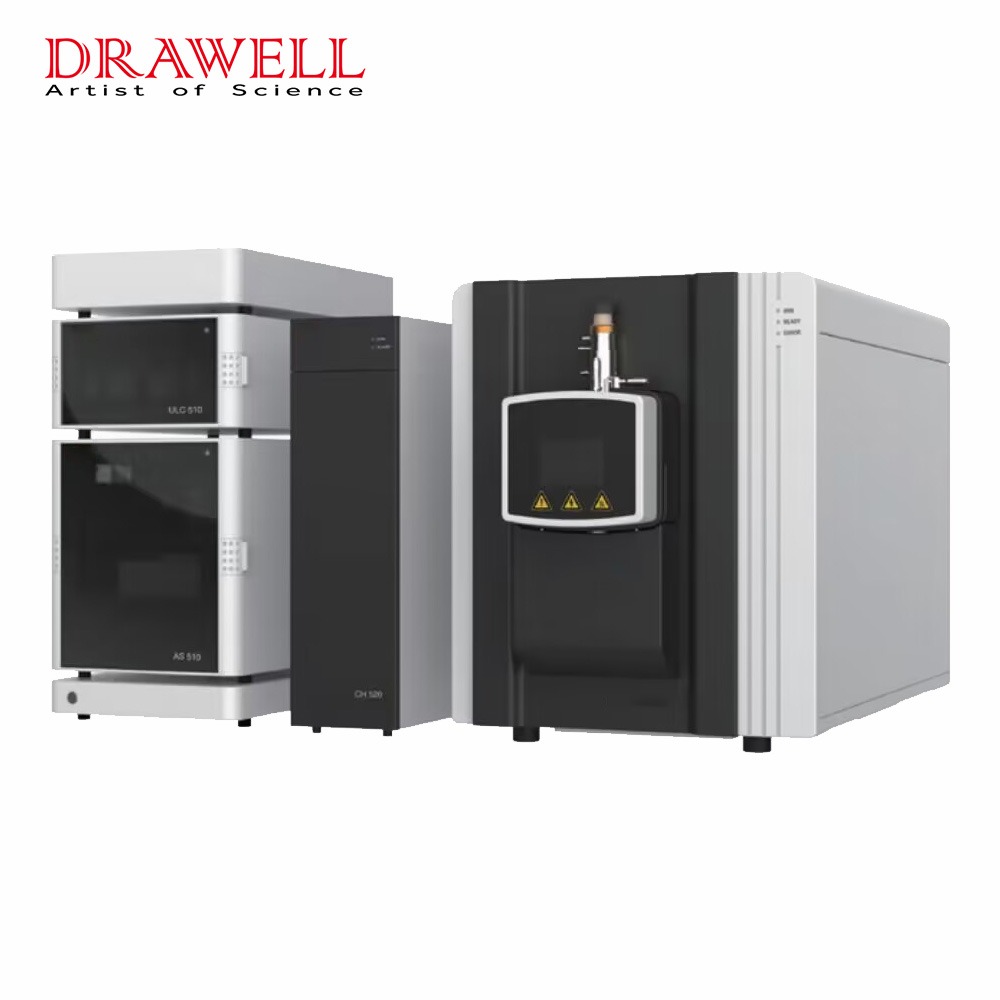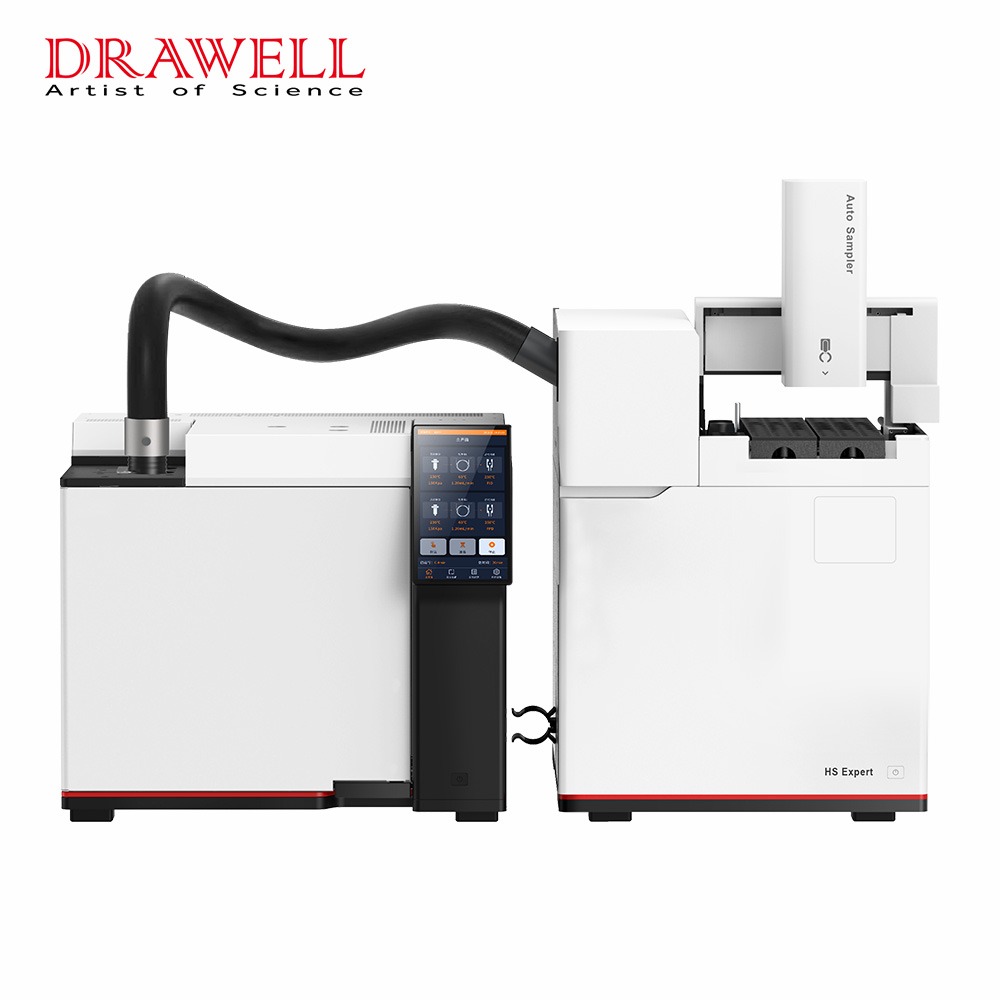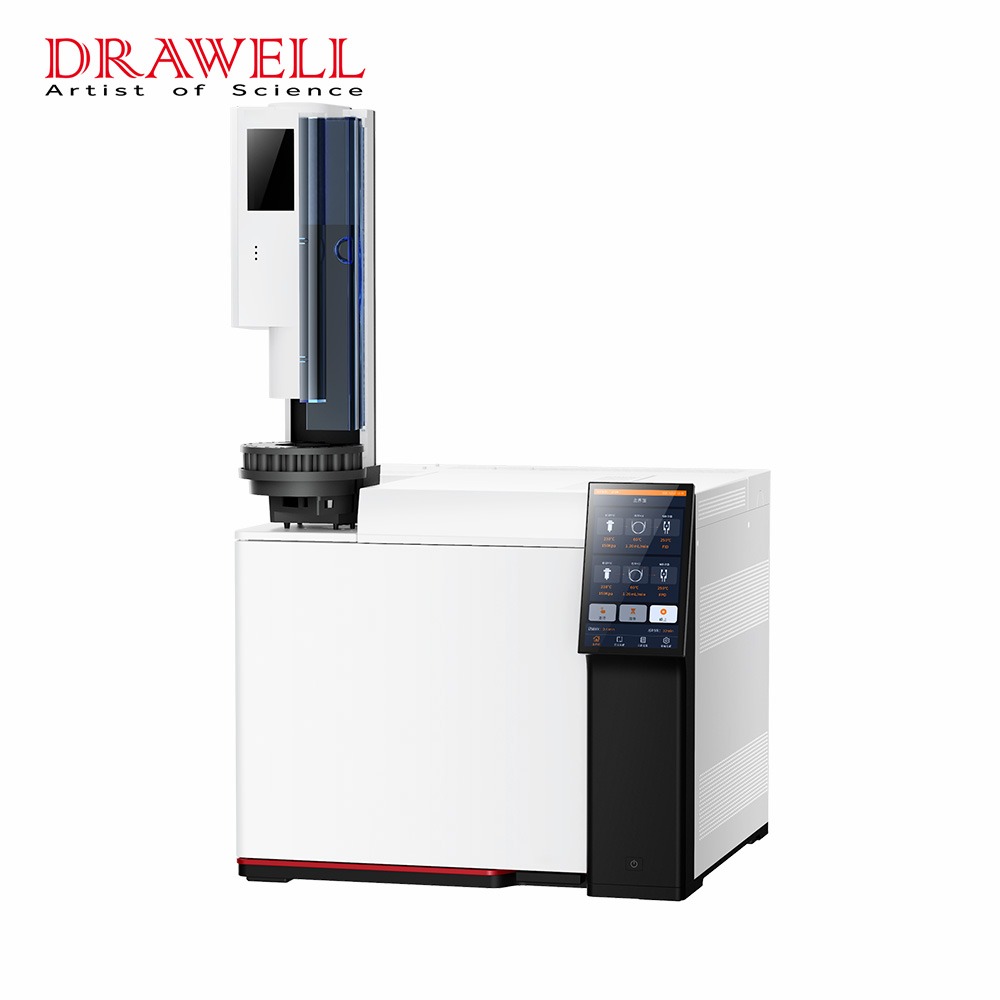In the realm of analytical chemistry, ion chromatography stands as a powerful technique, illuminating the intricate world of ions and molecules. With its ability to separate and quantify various ions in a sample, ion chromatography plays a pivotal role in a wide range of scientific and industrial applications. In this article, we will delve into the fundamentals of ion chromatography, exploring what it is, its principle, its applications, and what it can measure.
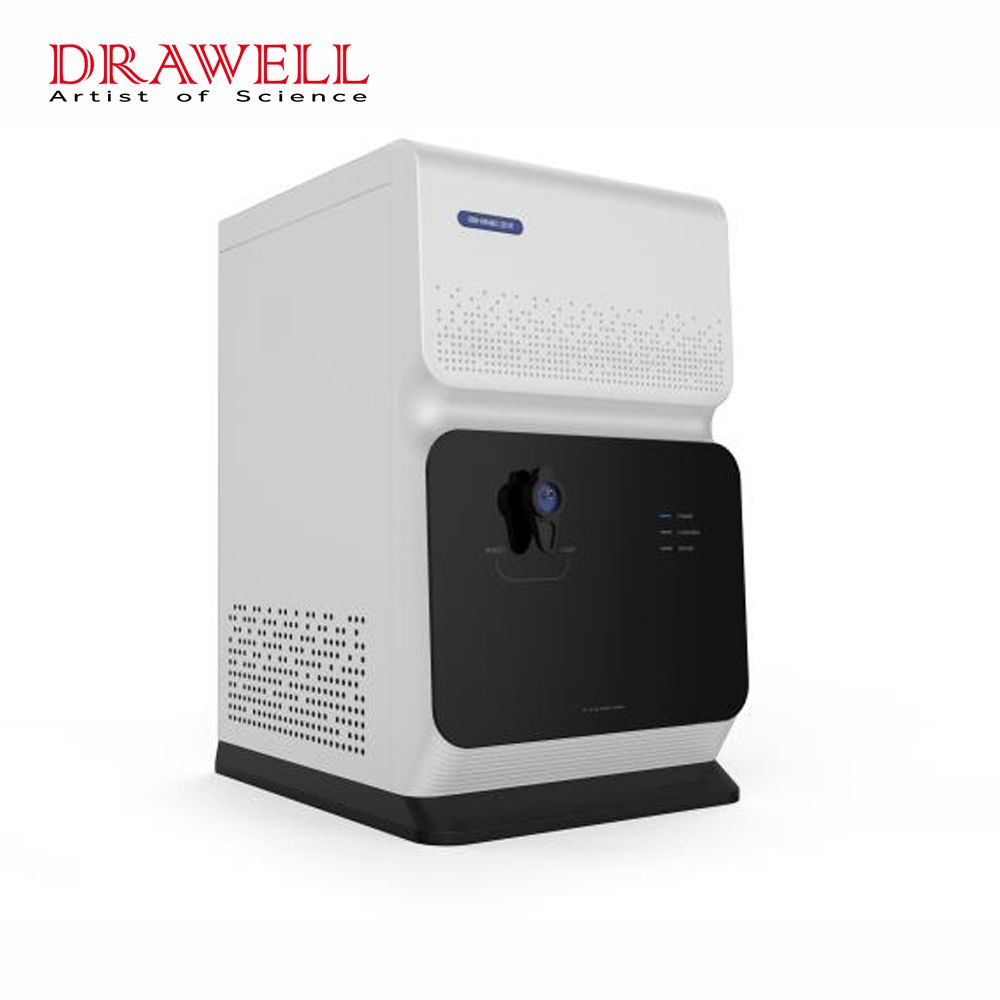
What is Ion Chromatography?
Ion chromatography, often abbreviated as IC, is a versatile analytical technique used to separate and quantify ions in a sample. It employs a column packed with a stationary phase and a mobile phase that carries the sample through the column. The key to ion chromatography lies in the selective interactions between the stationary phase and the ions in the sample. These interactions determine the separation and elution of ions, enabling precise analysis of their concentration.
What is the Principle of Ion Chromatography?
The principle of ion chromatography can be explained through the concept of ion exchange. To understand this principle, we need to explore the structure of the ion chromatography column. The stationary phase typically consists of ion-exchange resin beads. These resin beads are functionalized with charged groups, either positively or negatively. Positively charged resin beads attract negatively charged ions in the sample, while negatively charged resin beads attract positively charged ions. This selective ion exchange leads to the separation of different ions in the sample as they are retained on the column to varying degrees.
Additionally, ion chromatography can employ various types of stationary phases and mobile phases to achieve the desired selectivity and separation. These parameters can be tailored to suit the specific ions of interest in a given analysis.
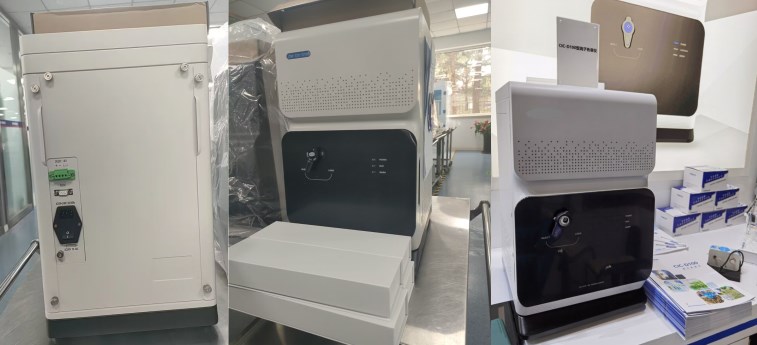
What is Ion Chromatography Used For?
The versatility of ion chromatography makes it an invaluable tool in a wide range of applications. Let’s explore some of the key areas where ion chromatography finds extensive use:
1. Environmental Analysis:
Ion chromatography is instrumental in monitoring water quality by quantifying ions such as chloride, sulfate, nitrate, and phosphate.
It aids in the detection of trace metals and anions in soil and sediment samples, helping assess environmental contamination.
2. Pharmaceuticals and Biotechnology:
Ion chromatography is used in pharmaceutical research and quality control to analyze and quantify ions in drug formulations and biological samples.
It assists in the analysis of biopharmaceuticals, including monoclonal antibodies and proteins, by characterizing their charge variants.
3. Food and Beverage Industry:
Ion chromatography is employed for the analysis of ions in food and beverage products, including the determination of anions like chloride, sulfate, and phosphate.
It helps ensure compliance with regulatory standards and assesses the quality and safety of food products.
4. Chemical Manufacturing:
Ion chromatography plays a crucial role in quality control within the chemical industry by analyzing impurities, anions, and cations in chemical products.
It aids in process optimization and product development.
5. Clinical and Biological Research:
In the field of clinical chemistry, ion chromatography is used to measure ions in biological fluids such as blood, urine, and cerebrospinal fluid.
It is essential for studying ion transport in cells and tissues and contributes to understanding various diseases.
6. Water Treatment:
Ion chromatography assists in monitoring and optimizing water treatment processes by analyzing ions such as fluoride, bromide, and chloride.
It helps ensure the safety and quality of drinking water.

What Does Ion Chromatography Measure?
Ion chromatography is capable of measuring a wide range of ions, both anions (negatively charged ions) and cations (positively charged ions). Some of the common ions that ion chromatography can measure include:
Anions:
- Chloride (Cl⁻)
- Sulfate (SO₄²⁻)
- Nitrate (NO₃⁻)
- Phosphate (PO₄³⁻)
- Bromide (Br⁻)
- Fluoride (F⁻)
Cations:
- Sodium (Na⁺)
- Potassium (K⁺)
- Calcium (Ca²⁺)
- Magnesium (Mg²⁺)
- Ammonium (NH₄⁺)
These ions are of significant interest in various industries and fields, and ion chromatography provides a precise and reliable means of quantifying their concentrations.
Conclusion
In conclusion, ion chromatography is a versatile and indispensable analytical technique that has found widespread use in environmental analysis, pharmaceuticals, food and beverage, chemical manufacturing, clinical research, and water treatment. Its principle of selective ion exchange, where ions in a sample interact with charged groups on a stationary phase, allows for the separation and quantification of a wide range of ions. Whether it’s ensuring the safety of our environment, assessing the quality of pharmaceuticals, or analyzing ions in biological samples, ion chromatography continues to be a cornerstone in the world of analytical chemistry, shedding light on the hidden world of ions and molecules. If you want to know how does Ion Chromatography work, please keep following our posts.

